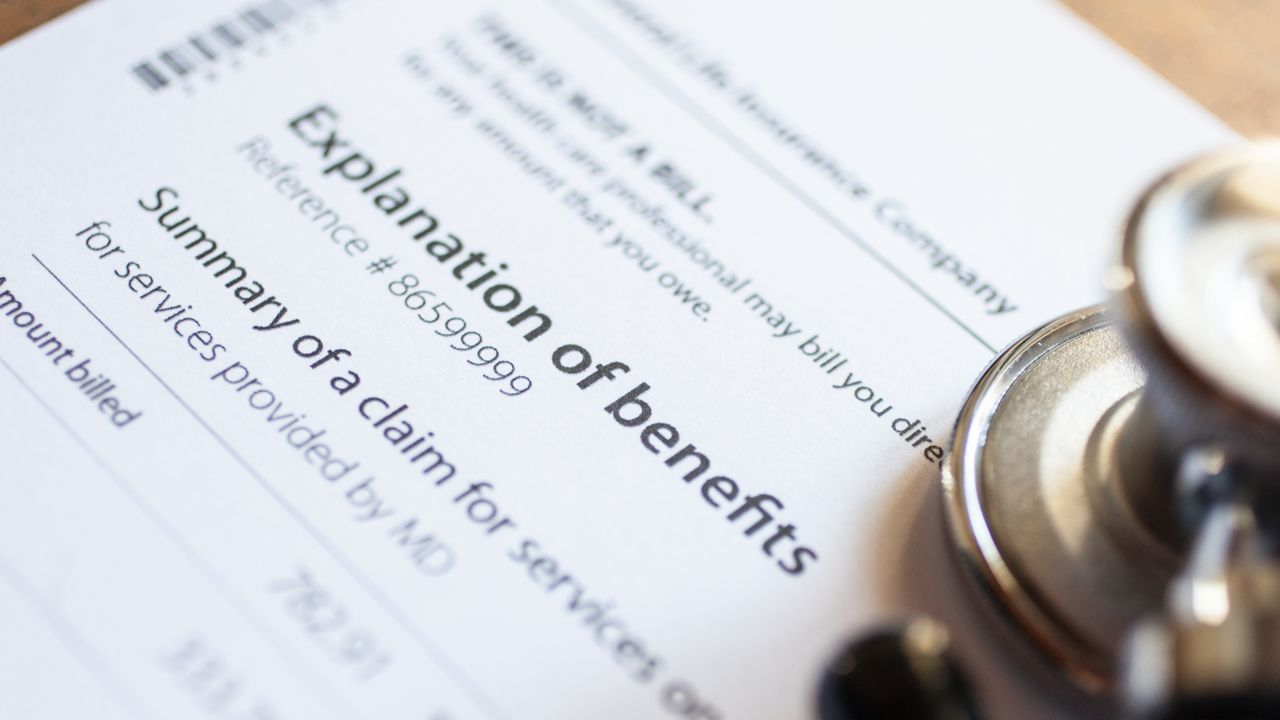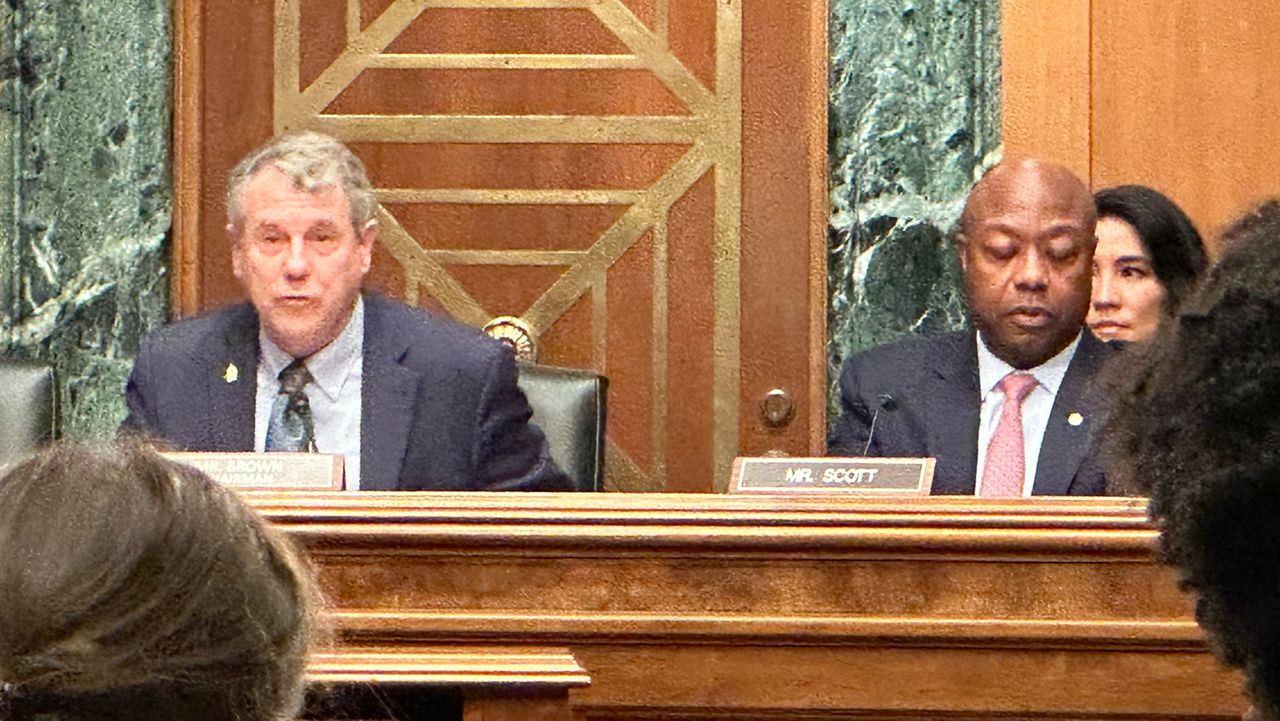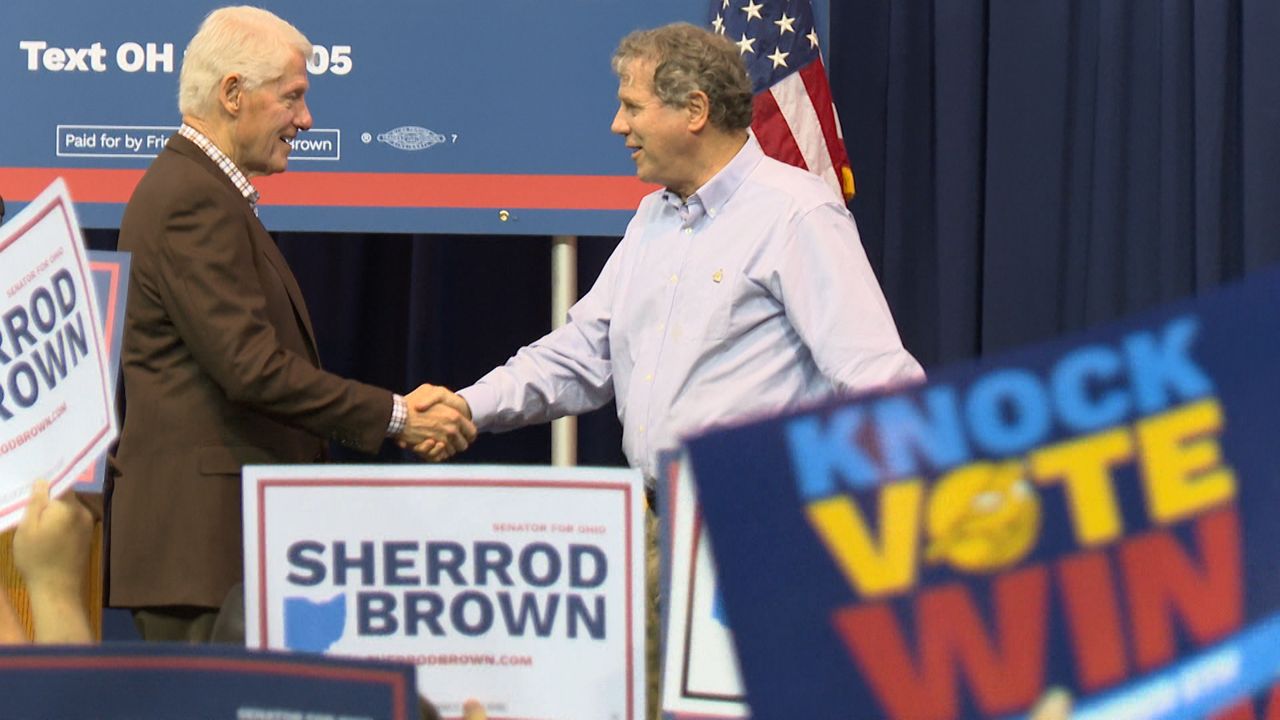WASHINGTON, D.C. — State and local governments have begun to receive $50 billion in opioid settlement money over the course of 18 years, intended to undo some of the harm caused by an epidemic of opioid addiction.
Lawmakers on Capitol Hill are working to ensure that the money actually goes toward addressing the epidemic.
What You Need To Know
- State and local governments are receiving $50 billion over nearly two decades to address opioid epidemic
- Proposed bill would require 100 percent of funds to be spent addressing epidemic
- Critics of the bill say it lacks an enforcement mechanism
The flood of funds comes from more than a dozen drugmakers, pharmaceutical distributors and pharmacies that were sued for their role in creating the opioid crisis.
As the money begins to get spent, several cases of questionable uses have already popped up, like an Ohio police department buying surveillance equipment, a Tennessee county paying off debt and a California jail purchasing body scanners.
A bill cosponsored by Rep. Marcy Kaptur, D-Ohio and Rep. Ashley Hinsen, R-Iowa would require all settlement funds go to addressing the epidemic.
Currently, most settlements require 85 percent of funds to do so.
“When these legal awards come in, that they go to try to heal as best we can,” Kaptur said.
“We want to see that these dollars actually go to prevention, to treatment, to education, to enforcement, because in the past things were mismanaged a little bit,” Hinsen said.
Previous large settlements have shown the pitfalls of spending the funds appropriately. In 1998, tobacco companies agreed to pay settlements that have since totaled $246 billion. Less than 3% of the money has gone to tobacco prevention and cessation programs, according to the nonprofit Campaign for Tobacco-Free Kids.
Some harm reduction groups have expressed skepticism that the bill would make any difference. They lamented that it does not require public disclosures of spending and lacks both consequences for violations and an enforcement mechanism.
“It feels performative at best,” said Jordan Scott, digital advocacy and organizing coordinator for the Pennsylvania Harm Reduction Network. “Having a conversation about the need for transparency and accountability is great, but at some point there has to be actual enforcement.”
Only 18 states have promised to publicly report where all the money goes, while 20 more states and Washington, D.C. have promised to publicly report where some of the money goes. The remaining 12 states—including Ohio—have yet to commit to publicly report where any of the money is spent.
Of Ohio’s $2 billion in settlement funds, 30% will go to local government, 15% to the state and 55% to the OneOhio Recovery Foundation, a nonprofit created specifically to distribute the settlement funds.
OneOhio Recovery Foundation will begin distributing funds this year. Spokesperson Connie Luck said the organization is disclosing its expenditures, writing in a statement:
“Ohio has learned from the past and does not want a repeat of the tobacco settlement. The OneOhio Recovery Foundation was established to ensure its 55 percent of the settlement dollars actually go toward combating the opioid crisis through prevention, treatment and recovery efforts, protecting funds from future budget gaps and unrelated projects. As part of OneOhio’s ongoing commitment to transparency, the public will be able to see where grant dollars are awarded, and standard compliance and reporting rules will be in place to protect these dollars from misuse.”
Advocates said if properly spent, the settlement funds could make a real difference for those affected by addiction.
More than 80,000 people died due to opioid overdose in 2021, the last year for which data is available, according to the CDC.










